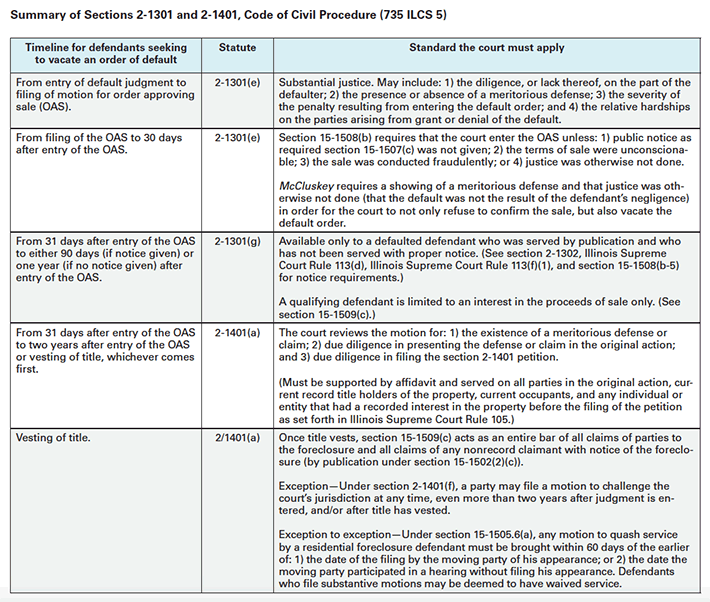February 2020 • Volume 108 • Number 2 • Page 10
Thank you for viewing this Illinois Bar Journal article. Please join the ISBA to access all of our IBJ articles and archives.
LawPulse
For the Record
Illinois Courts: Trends continue for case filings and self-represented litigants.
Late last year, the Administrative Office of the Illinois Courts (AOIC) released two reports containing the most recent data available on the state’s court system. Among information in the Illinois Annual Report-2018 and the Illinois Courts Statistical Summary-2018: a continuing trend toward fewer and fewer filed and disposed cases and large numbers of cases involving self-represented litigants.
According to the 169-page Statistical Summary, courts experienced a five-year low in total circuit court cases, with corresponding decreases in traffic, DUI, juvenile, family/dissolution, and chancery filings. The number of felony, tort, and contract-related case filings increased in 2018 compared with 2017. Regarding disposed cases, all areas saw decreases except for those pertaining to family/dissolution matters.
The Statistical Summary provides an in-depth breakdown of caseload types, financial data, arbitration, adult and juvenile court information, and various court actions in each county and across all levels of the Illinois court system.
The 75-page Annual Report primarily provides updates on the court system’s numerous functions and programs and also includes more general statistical information.
Self-represented litigants
The AOIC began collecting data on self-represented litigants in 2015, but discourages comparing its most recent data on self-represented litigants with data collected before 2017, when the AOIC changed its data-collection methodology. According to the Annual Report, more than 130,000 cases were closed in 2018 that involved at least one self-represented litigant. Most of these cases involved orders of protection, family/dissolution, law magistrate (landlord-tenant disputes), and small claims cases. More than 35,000 cases involved both self-represented plaintiffs and defendants—mostly in order of protection and dissolution cases.
Court trends in Illinois mirror nationwide patterns, and various sources continue to suggest familiar reasons behind them—for the high numbers of self-representing litigants: access-to-justice and economic barriers; for the lower number of case filings: a wide range of possibilities including changes in law-enforcement practices (such as issuing fewer traffic tickets) to criminal justice reforms.
The Annual Report includes the Illinois court system’s response to the rise of self-represented litigants and hints at its understanding of the issue:
“For several years, one of the growing challenges in courts across the country is the number of self-represented litigants [SRLs],” the Annual Report states. “As the courts continue to encounter SRLs, courts are responding by improving processes and establishing innovative programs that enhance access to justice and make courts more user-friendly. Some innovations in Illinois include: legal self-help centers located inside courthouses, simplifying and standardizing court forms, developing guides and instructions on how to navigate the court system, using internet technologies to increase access and make legal information available to SRLs, development of a policy to assist court clerks and court staff on the types of guidance that they are able to offer to SRLs, and creation of a statewide network of SRL Coordinators.”
Read the Illinois Courts 2018 Annual Report and the Illinois Courts 2018 Statistical Summary.
Pete Sherman is Managing Editor of the Illinois Bar Journal.


